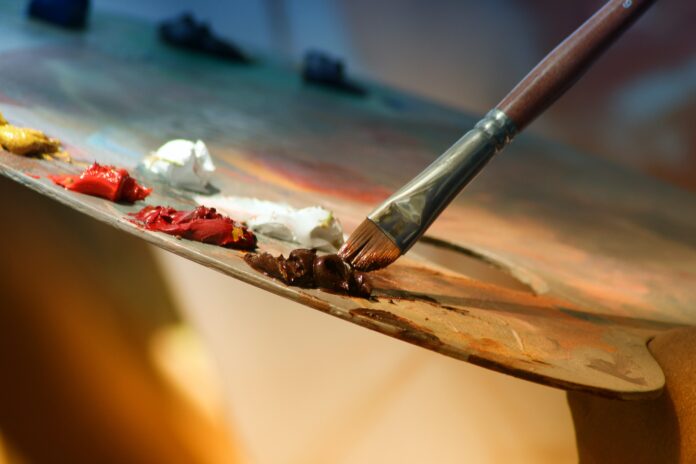Colors have a powerful impact on people. They can make you feel happy, sad, angry, or calm. Artists consider this when creating their artwork.
This study compares perceptions regarding the frequency of aesthetic emotions, contributing factors to art-related emotional experiences, and motivation, between participants with and without arts education. If you are looking for additional information for your psychology research, this article is just for you. There’s also a cheap dissertation writing service that you can use to get professional assistance with your academic paper on many different topics, including psychology. Apart from its affordability, one of the reasons DissertationWritings is a trusted and often chosen service by students for getting their dissertation written is in-depth research provided by experts in the field.
Enjoy the article, and let’s investigate the psychological impact of art on our emotions and feelings.
Color Psychology
Color psychology studies how specific hues impact human behavior and mood. While this field is incredibly subjective because of how personal preference, experience, and culture can affect one’s reaction to color, there are some universal elements.
For example, most people think of red as a symbol of love, while others associate green with feelings of contentment. Similarly, blue represents serenity, while yellow brings out joy.
Art historians often analyze the colors used in a painting to determine what emotions the artist was trying to provoke in their audience. For instance, Picasso’s use of cool blue tones in his “Blue and Pink Period” pictures evoked feelings of sadness and depression in the viewer.
Today, color psychology is widely applied to branding and marketing. Companies strategically use hues to convey their brand personality and influence consumer behaviors.
Forms and Compositions
It can be three-dimensional and enclose volume or two-dimensional on a flat picture surface. Artists use the form to help them paint realistically, especially in more abstract paintings.
There are two main categories for forms; organic and geometric. Organic forms look more natural and fluid with curves and free-flowing formations. Geometric forms look more rigid and angular, with shapes like cubes, pyramids, spheres, cones, and cylinders. The color value of the forms is also essential, as dark colors suggest darkness or a lack of light, while lighter colors can describe a light source in a composition. This is especially useful when using pieces to create a specific mood or emotion in your audience.
Light and Darkness
Light and darkness are natural phenomena but concepts entangled with ideas of being and non-being, primordial chaos, and world order. The way in which light and darkness are viewed changes over time and with cultural assumptions, but the tension they create cannot be erased.
For example, white evokes feelings of purity and innocence but can also be stark and sterile. Brown brings to mind nature and neutrality, but it can also have a melancholy quality. Black can be sophisticated and mysterious, but it is also associated with death.
Color can change our moods and emotions, so artists use it to convey particular messages. Different hues affect people differently, with red causing the most emotional arousal and blue evoking a sense of calm. However, a person’s exact reaction to color will depend on their history and experiences. This is why it is essential to understand how different colors affect the human brain and body.
More insights
While studying color concerning emotion is relatively new, people have long been interested in its effects on the human mind and body. It can affect art, architecture, psychology, social interaction, and marketing.
Depending on the context and culture, colors can have different emotional associations. For example, red and orange hues induce excitement and joy, while blues and greens create a sense of security and calm. The color brown is often associated with nature and comfort, while black evokes darkness, sterility, and in some cultures, death.
Artists use color to convey emotion in their paintings. They can choose colors opposite on the wheel to create stark contrasts in their work or blend them to feel harmonious and balanced. The choice of hues can also communicate a feeling of time. The shade of blue, for instance, can be calming or sad, as represented in the language by expressions like “the blues,” “baby blues,” and Picasso’s Blue Period.
Conclusion
The profound emotional effects of colors, forms, and compositions show the intricate connection between art and psychology.
Artists masterfully use colors, which are mighty emotional messengers, to arouse a range of emotions, from the passionate arousal of red to the serene serenity of blue.
White, which represents purity but can also feel stark, and black, which conjures up both mystery and images of death, interact to give artistic expression depth. Placing shapes and compositions enhances these emotional resonances, with organic and geometric shapes producing opposing emotions.
These are the tools artists use to communicate, speaking a language that cuts across boundaries of time and space.
We hope we helped you discover more about artistic expression and the nuances of the human experience as we delve into the rich tapestry of emotions woven into art.

























